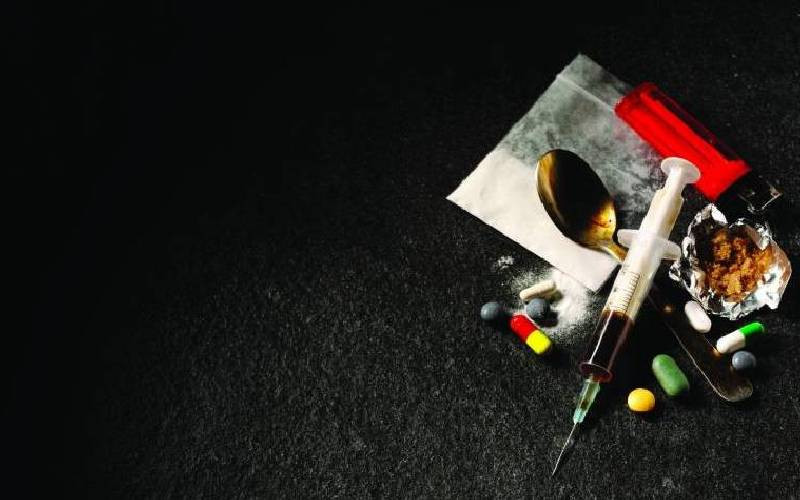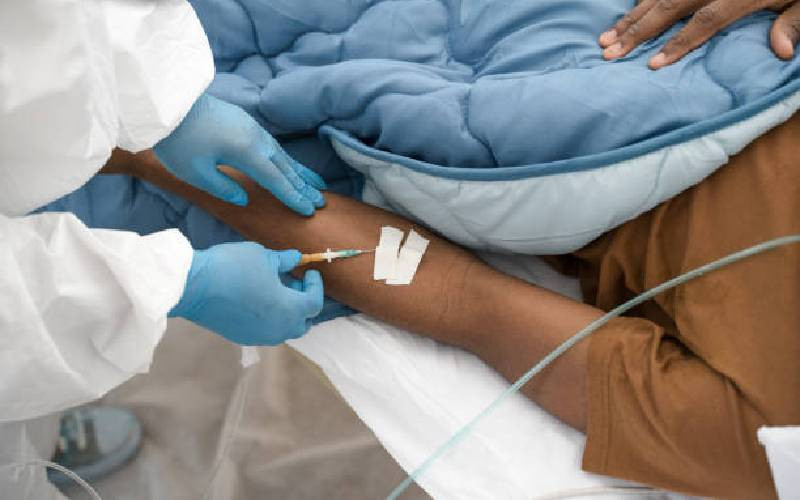By standard reporter
Scientists have discovered how drugs that have been used for 60 years to kill the parasite that causes sleeping sickness work.
Research has revealed that the drugs used to attack trypanosoma brucei enter through pores in the parasite’s cells known as aquaporins, which function as water channels.
It is the first time that drugs have been shown to enter cells through aquaporins and this may have major implications for drug delivery in other diseases.
Dr Harry de Koning, a Reader of Biochemical Parasitology at the University of Glasgow, who has been studying drug resistance mechanisms in pathogenic protozoan parasites, said: “This research is a breakthrough in understanding how the drugs used to attack the sleeping sickness parasite get inside their target; like spies into an enemy castle they enter through a water channel.
“The discovery heralds a new paradigm for drug uptake by cells, as this is the first time that drugs have been shown to enter cells through aquaporins.
“Although there has been some reports of these channels being permeable to inorganic ions or small molecules, this is the first detailed report of an aquaporin acting as a genuine transport protein rather than a passive channel for mainly water,” said a statement from the University of Glasgow press office.
The Glasgow researchers, in collaboration with Professor David Horn of the University of Dundee, identified a genetic link between a single parasite gene and its susceptibility to the drugs pentamidine and melarsoprol, which were first introduced in the 1930s and 1940, respectively.
The gene in question was coded for one of the trypanosome’s channels for water and glycerol, aquaporin 2 (TbAQP2).
Release of water
Aquaporins are found in virtually all organisms, from bacteria to humans, selectively mediating the uptake or release of water and/or glycerol, thus maintaining osmotic equilibrium. At least 13 different aquaporins are expressed in various human tissues, and hundreds of others have been identified in other species, comprising a large and highly conserved gene family. Their vital importance to life was recognised with a Nobel Prize, in 2003, to the discoverer of the first aquaporin gene.
The genome of trypanosoma brucei, the protozoan parasite that causes African sleeping sickness, contains three such aquaporin genes, all of which appeared to be conventional water/glycerol channels.
The team at Glasgow has now established that one of these channels, TbAQP2, uniquely acts as a conduit for two drugs that are still essential for the treatment of sleeping sickness today.
 The Standard Group Plc is a
multi-media organization with investments in media platforms spanning newspaper
print operations, television, radio broadcasting, digital and online services. The
Standard Group is recognized as a leading multi-media house in Kenya with a key
influence in matters of national and international interest.
The Standard Group Plc is a
multi-media organization with investments in media platforms spanning newspaper
print operations, television, radio broadcasting, digital and online services. The
Standard Group is recognized as a leading multi-media house in Kenya with a key
influence in matters of national and international interest.
 The Standard Group Plc is a
multi-media organization with investments in media platforms spanning newspaper
print operations, television, radio broadcasting, digital and online services. The
Standard Group is recognized as a leading multi-media house in Kenya with a key
influence in matters of national and international interest.
The Standard Group Plc is a
multi-media organization with investments in media platforms spanning newspaper
print operations, television, radio broadcasting, digital and online services. The
Standard Group is recognized as a leading multi-media house in Kenya with a key
influence in matters of national and international interest.








